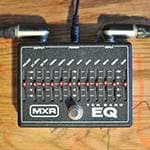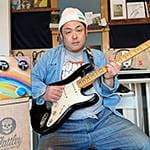■ Interview Memoir of the Renowned Keyboardist Hiroshi Sato – Final Edition!
This is the fifth part of the interview with Hiroshi Sato, a pianist, composer, and producer, who was praised by Tatsuro Yamashita as Japan's number one pianist.
In 1995, I was fortunate enough to interview Hiroshi Sato, one of the most iconic keyboard players in J-Pop history.
Hiroshi Sato has participated in numerous albums by renowned domestic artists, leaving behind memorable performances. In addition, he has been involved in producing many singers. This time, the feature will consist of albums of works produced by Sato that we couldn't introduced last time, as well as albums by musicians Sato admired.
■ Hiroshi Sato was a musician who had a comprehensive perspective on music and was also a producer!
Normally, musicians gather performers for each instrument they envision and bring their music to life. Hiroshi Sato, however, was a keyboardist, a programmer for drums and bass, an arranger, a mixing engineer, and a producer.
He was a creator who covered every aspect of the music industry.
■ Awakening / Hiroshi Sato
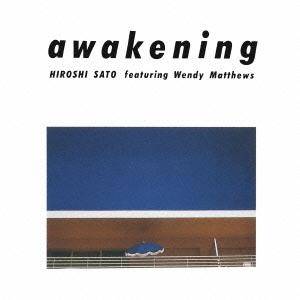
Hiroshi Sato's fourth solo album, Awakening, is considered a masterpiece in the history of J-pop. At the time, he programmed drum patterns using the latest drum machine, the LinnDrum, and played bass with instruments like the Minimoog. The high quality of the resulting solo album attracted significant attention. Additionally, this period marked the emergence of drum machines, leading to rumors in the music industry about drummers losing their jobs. The album stands as a key moment in both Sato's career and the broader music landscape.
However, since he couldn’t program guitar sounds, Hiroshi Sato sought the help of talented guitarists like Yuji Toriyama, Masaki Matsubara, and Shigeru Suzuki to assist in the music production. Sato was fundamentally a one-man operation and had a strong inclination towards such an approach. He had a clear vision of the final shape of the music he wanted to create, and he possessed the ability to bring that vision to life.
Known for his love of equipment, Sato saw synthesizers and drum machines as the tools necessary to realize his ideal sound. When I interviewed him, he mentioned that he wanted to create music not limited to Japan, but something original that would be recognized worldwide. His focus was not just on the domestic market, but on the global stage.
■ Recommended Album: Seiko Haneda - SORA (1989)

Produced by Hiroshi Sato, Seiko Haneda's brilliant second album showcases Sato’s dual role as both performer and producer, making him a rare and exceptional musician. This album reveals his approach to music production, where he likely envisioned how to present each track even before the production process began. Sato's ability to use Japan’s top session musicians at key moments demonstrates his broad perspective and ability to oversee the entire musical landscape.
In this album, you can hear Sato’s producer-driven vision come to life. Tracks from Sato’s iconic albums, Touch the Heart and The Awakening, are presented in different versions here, offering fresh discoveries. The excellence of Sato’s songwriting truly stands out.
Recommended Track: "ROSY HEART"
Hiroshi Sato’s album Touch the Heart features a cover of “Rosy Heart.” The version feels lighter and fresher compared to the original, possibly due to the emphasis on highlighting the female vocals. The lyrics have been rewritten from a female perspective. Sato’s signature brass sound is still prominent, adding a vibrant touch to the track.
Recommended Track: "IT’S ISN’T EASY"
A cover from the highly regarded album Awakening, "IT’S ISN’T EASY" is a beautiful reimagining of the original. While "I Can’t Wait" is frequently covered by many artists, I personally prefer this track, especially for its exceptional melody in the later part of the song. In the original version, Sato’s distinctive, powerful acoustic piano solo stands out, but in this arrangement, a softer acoustic guitar solo replaces it. This shift may be intended to better highlight the female vocals, as the song was reworked to suit that style. Additionally, the lyrics have been translated from English to Japanese, making the track feel more distinctly J-pop.
The track is enveloped in the atmospheric pad sounds from what might have been a Roland D-50, while the Yamaha DX7 (FM synthesizer) creates the electric piano sound that forms the core of the ensemble. It’s a great example of the smooth and pleasant synth sounds that were popular at the time, and a perfect representation of the era’s musical style.
■ Winner of the 50th Japan Record Awards – Excellence in Work Award
Mr. Sato produced Aoyama Therma's "Soba ni Iru ne." In addition to his own performance, he handled the arrangement, sound production, mixing, and mastering. Winning the 50th Japan Record Award for Excellent Work was truly a moment when Hiroshi Sato's dedication to music over the years came to fruition.
■ An Album Recommended to Hiroshi Sato
During an interview, Hiroshi Sato asked me about albums I had recently been enjoying. At the time, I was frequently listening to Al Jarreau's studio live album, Tenderness, which I recommended. Sato mentioned that he admired Joe Sample, the pianist from The Crusaders, and saw him as a pianist aligned with his own style of play.
This album, Tenderness, was produced by bassist Marcus Miller, with top-call musicians backing Al Jarreau.
■ Recommended Album: Al Jarreau - Tenderness (1989)
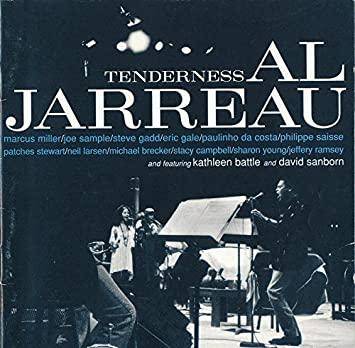
The album features an impressive lineup of musicians, including Steve Gadd (Drums), Eric Gale (Guitar), Joe Sample (Piano), Philip Seth (Keyboards), David Sanborn (Saxophone), and Marcus Miller (Bass).
With a stellar backing band, Al Jarreau delivers a magnificent performance. Joe Sample’s acoustic piano is also a standout, but it’s Philip Seth, playing the synthesizer, who adds a modern touch to the tracks, giving them a modern touch.
Recommended Track: "Summertime"
Summertime, a renowned jazz standard, is given a fresh twist in this rendition. The introduction features a new riff, which adds a unique touch and breathes new life into the classic tune. Al Jarreau’s vocals, now at the height of his maturity, infuse the song with an indescribable richness and depth.Joe Sample's piano solo is also outstanding!
■ Featured Artists, Albums, Recommended Tracks, and Keyboards Used:
- Artists: Hiroshi Sato, Seiko Haneda, Al Jarreau, Joe Sample
- Albums: The Awakening, SORA, Tenderness
- Tracks: “Rosy Heart”, “Koiuta Senri (IT'SN'T EASY)”, “Summertime”
- Keyboards Used: Fender Rhodes Electric Piano, Acoustic Piano, Roland D-50, Yamaha DX7 and more…
The “sound & person” column is made up of contributions from you.
For details about contributing, click here.






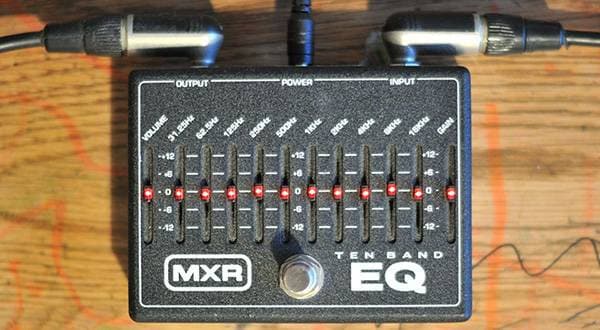


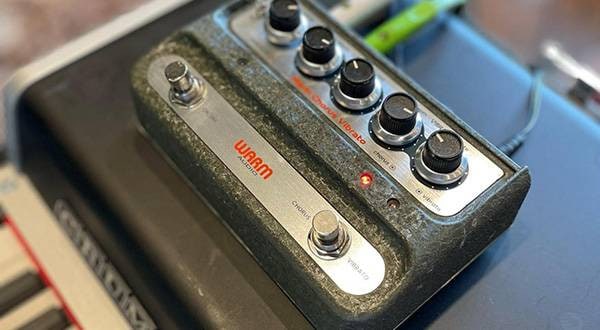
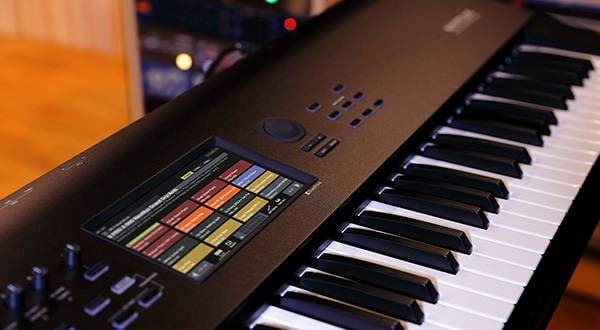
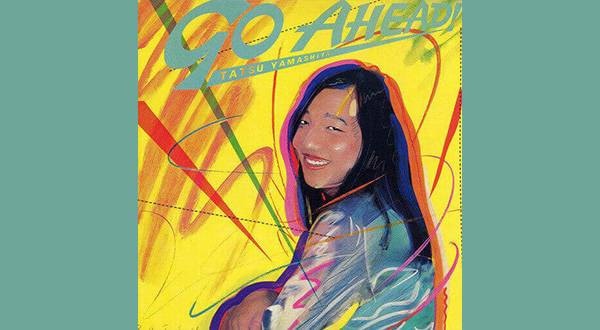
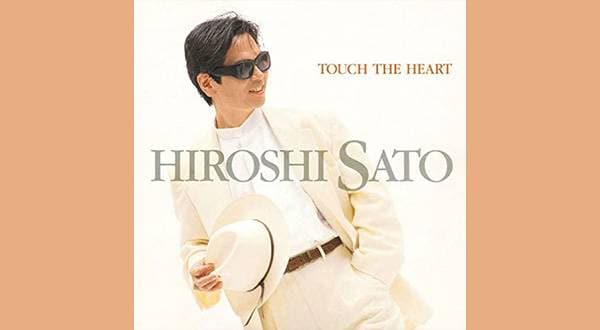
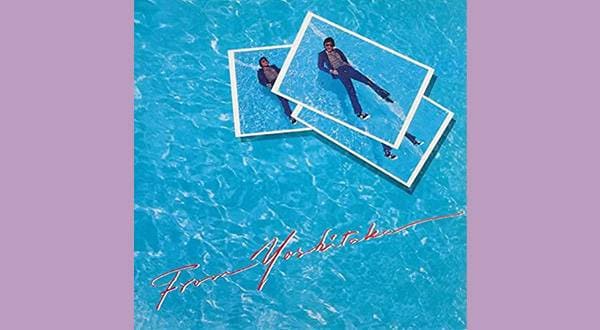
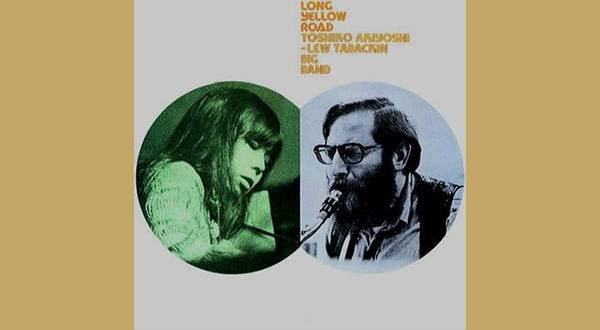
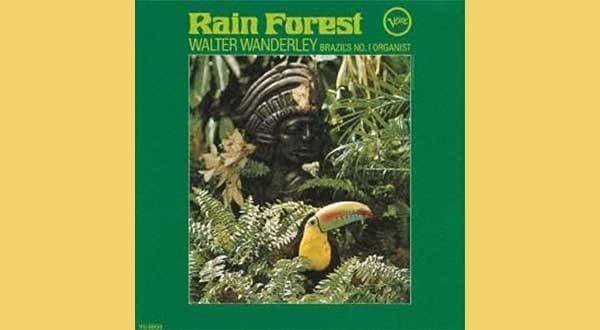
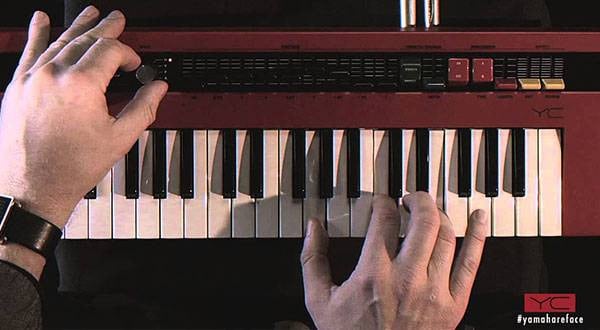
 YAMAHA YC61 特集
YAMAHA YC61 特集
 LP パーカッション
LP パーカッション
 超オススメのフレーズ道場 キーボード
超オススメのフレーズ道場 キーボード
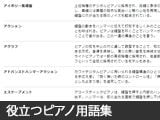 自分にあったピアノを選ぼう!役立つピアノ用語集
自分にあったピアノを選ぼう!役立つピアノ用語集
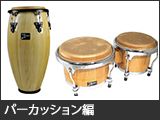 パーカッション編
パーカッション編
 キーボードスタートガイド
キーボードスタートガイド
